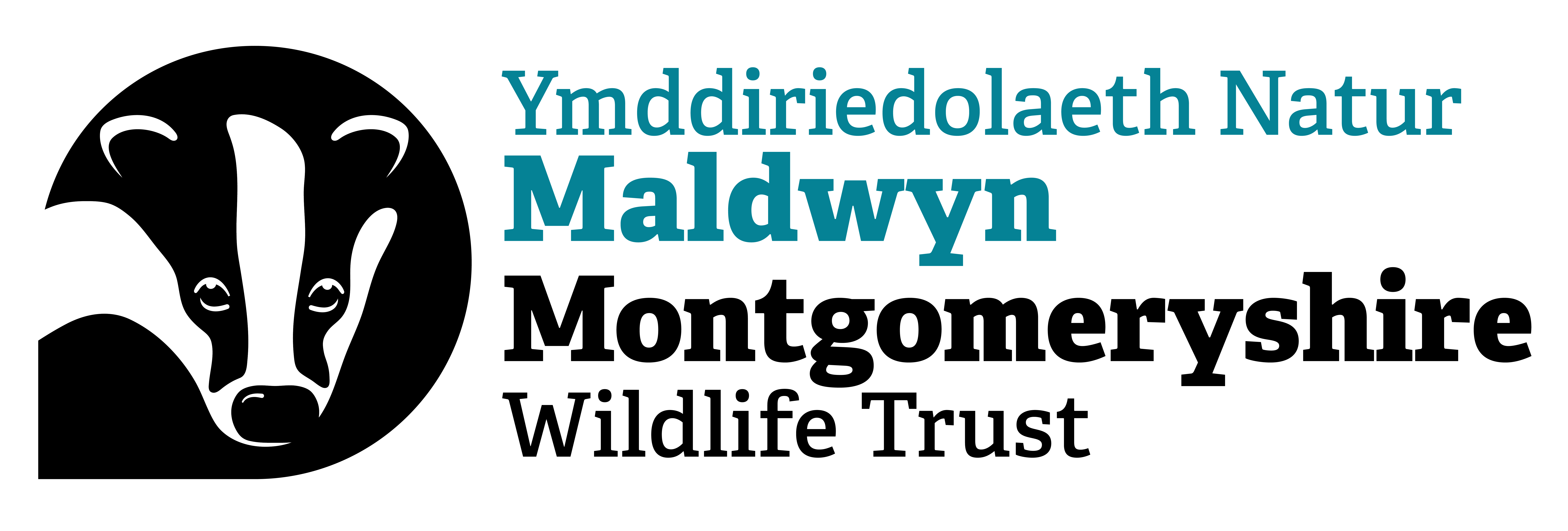Search
Chwilio
My experiment
Simon has been restoring Wild Meadows for three years. By planting trees, digging a lake and sowing meadows, he is showing how quickly wildlife like otters, badgers and tawny owls can return, and…
Broad-bordered bee hawk-moth
The broad-bordered bee hawk-moth does, indeed, look like a bee! A scarce moth, mainly of Central and Southern England, it feeds on the wing and can be seen during spring and summer.
Woodpigeon
The large, plump woodpigeon is a familiar sight in our gardens and parks, but can also be found on farmland and in woodlands almost everywhere. You may hear its cooing call before you see the bird…
Purple moor-grass and rush pasture
This distinctive type of damp pasture is generally found on commons, as a component of lowland fen, or in undeveloped corners of otherwise intensively farmed landscapes.
Volunteering - people engagement
Pheasant
A handsome gamebird, the pheasant is an introduced species that has settled here with little problem. It can be spotted in its farmland and woodland habitats, although you'll probably hear…
Contact your MP
By writing to your MP or meeting them in person, you can help them to understand more about a local nature issue you care passionately about.
Oak eggar
These moths can be seen flying on sunny days, but you're more likely to spot the fuzzy caterpillars crawling over paths.
Long live the ‘King of Fish’
Atlantic salmon are drifting towards extinction, but we can help them leap back from the brink.
Chemical-free organic gardening
Go chemical-free in your garden to help wildlife! Here's how to prevent slugs and insects from eating your plants with wildlife-friendly methods.
Guillemot
Guillemots really know how to live life on the edge – quite literally! They nest tightly packed on steep ledges and cliffs around the coast. This may sound like a strange nesting spot, but it…
